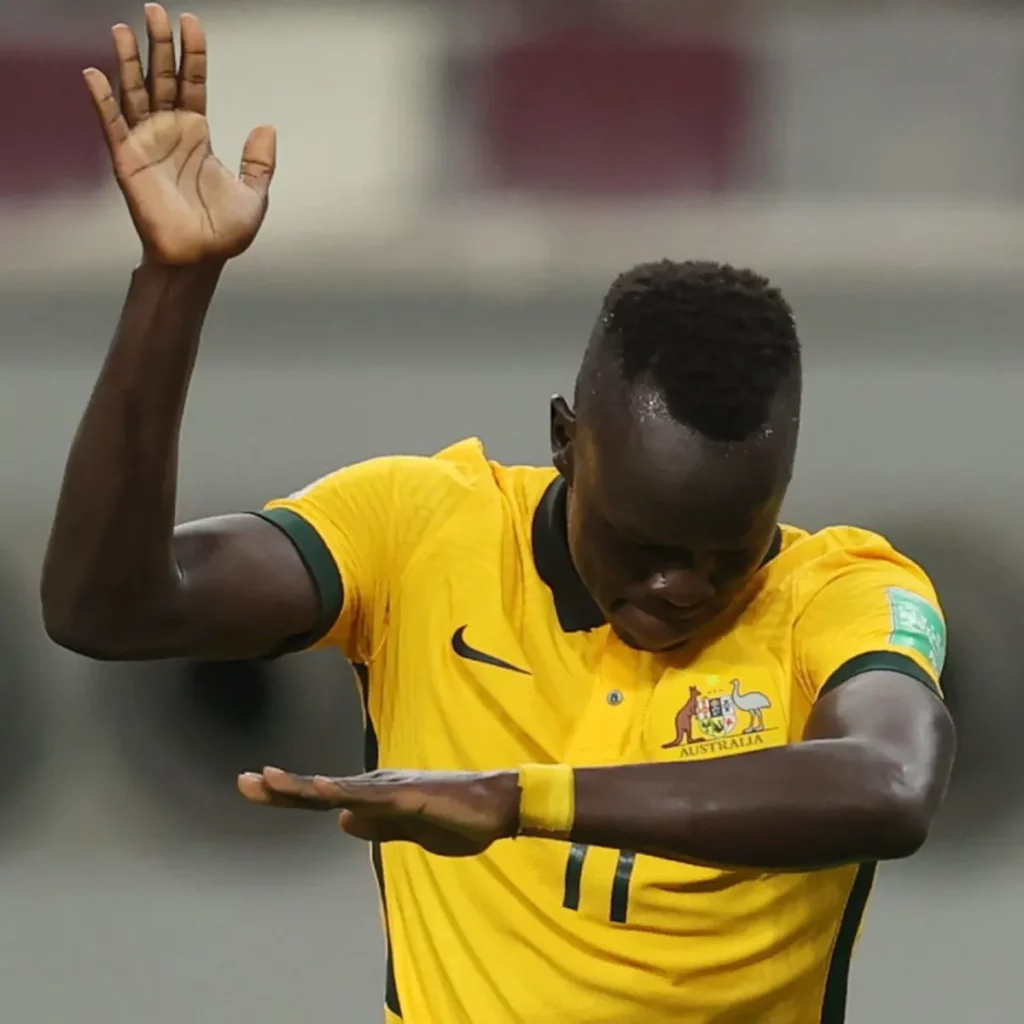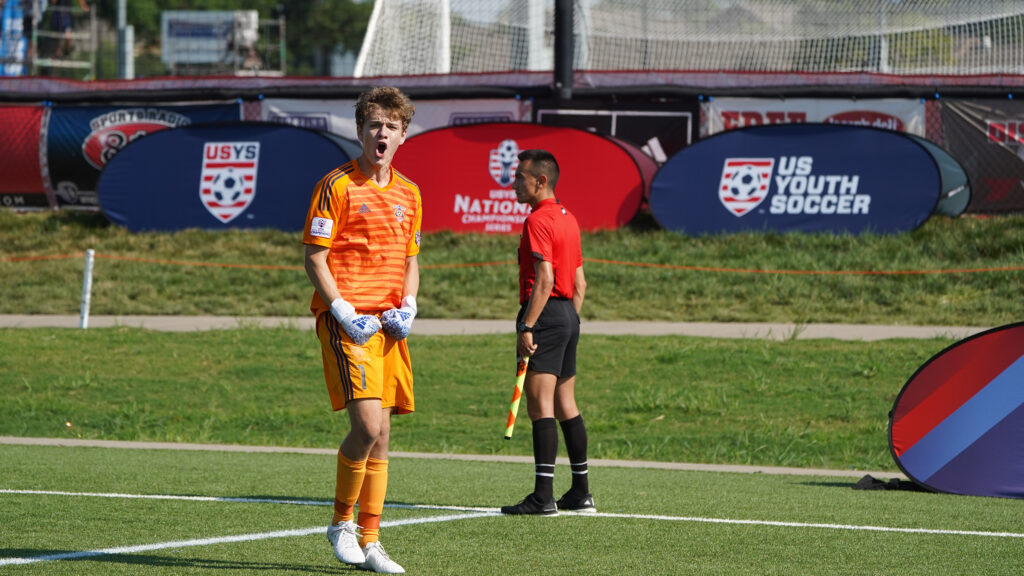Introduction
Without question, the simplest sport to pick up for children in the UK is football; access to pitches, clubs and programmes are never too far away. Unfortunately, access to the world game is not as readily available in other parts of the globe.
Within this blog, we will look to detail differences in the accessibility of football across different countries and explain what schemes are put in place to encourage sporting participation within different locations.
Australia
We start in Australia, where football (13.8%) is the second most popular sport for young people, only after swimming (33%). Despite the popularity of the sport, this figure struggles to outline the declining interest in football in Australia and the consequential, top-down effect this has on grassroots sporting accessibility.
2006 was a massive year for Australian football; the Socceroos reached the round of 16 at the FIFA World Cup, which led to an influx of popular, ageing players, such as Robbie Fowler, Allessandro Del Piero, Mark Viduka and Harry Kewell, joining the A-League, the Australian top professional footballing division. Despite the brief pull for players close to their prime, the A-League now seems unable to retain top players within the Australian footballing system, which has led to a stagnation of talent in the league. This lack of quality within the highest level of Australian football means there is less interest, evident in the declining viewing percentages and lack of external financial funding for the sport. This lack of top-down funding means that teams at the bottom of the footballing pyramid, which are most commonly used as young people’s introductions to sport, have fewer resources than similar clubs in other, particularly other Western, countries. Where there is limited money pumped into the Football Federation Australia this builds reliance on this lack of funding to be compensated by participants (or their parents).
According to the Australian Broadcasting Channel (2018), the average cost to play football for a child in Australia was $599 (£351) per season. One parent outlined the reality of the situation; “We have two sons. Only the eldest gets to play sports because of the cost. There was absolutely no way we could find $1,000 for registration two weeks after Christmas. The youngest just misses out. Totally unfair, but the fiscal reality. We have a mortgage to pay.”

USA
The situation is just as, if not more, grim in the United States. The country has developed a pay-to-play model which, in essence, means that in order to access the higher levels of youth soccer, the only thing that matters is money.
Time Magazine reported in 2019 that the average cost per child to play soccer yearly in the US is $1,472 (£1,380). That is an astonishing amount of money, even before considering that this is simply to play at the lowest standard in the US. In contrast, fees for the highest levels can exceed $10,000 (£9,389) per annum. So just how accessible is soccer to the average American?
According to Doug Andreassen, the chairman of the US Soccer’s diversity task force, it is not that accessible at all. “The system is not working for the underserved community…it’s working for the white kids”, he says. This comment is supported by a Men in Blazers study (2013), which, when comparing the background of professional NBA, NFL and MLS players, found that soccer players came from communities that had higher incomes, education and employment rankings, in comparison to their NBA and NFL counterparts.
For a country that produces such a high level of talented basketball players, a sport that simply requires a ball and ideally two hoops, why is soccer, a sport that only requires a ball and ideally two goals, so much less accessible? Organisations, such as The Over Under Initiative look to find a transformative solution to this question by taking advantage of the wealth of public basketball court spaces in the US by turning them into multi-purpose sports courts. By inserting a below-ground, pop-up soccer goal underneath each hoop in a basketball court, the Over Under Initiative offers a cost-friendly approach to giving young people more local places to play soccer by offering more choices in existing locations.

UK
Thankfully, prices for sporting accessibility within the UK are yet to reach such exorbitant levels.
Unlike the declining interest in the A-League, the English Premier League (EPL) is arguably the most competitive football league in the world; this competitive nature is matched by drawing the highest global television viewership of any football league. Money is notoriously pumped into the EPL in an attempt to maintain the highest calibre of players and the highest quality of individual teams and, as a result, this leaves the top clubs and the relevant sporting bodies with significant funding to apply down the football ladder. Whether they choose to or not, however, is often a question altogether.
The Football Foundation has invested significant funding into the bottom of the footballing pyramid in an attempt to increase physical activity participation and mental well-being; this is evidenced by their installation of over 950 artificial grass pitches and restoration of over 8,500 natural grass pitches within the UK since the year 2000. Supported by the Football Association, The Football Foundation aims to ensure 20,000 restored grass pitches by 2030.
Football Beyond Borders (FBB) are a fantastic example of an organisation that uses the power of football to change the lives of young people within the UK. By working with young people in secondary schools across the country, FBB provides both boys’ and girls’ programmes, which assist attendees in finishing school with the skills and grades required to equip them for a successful transition from adolescence into adulthood. By supporting young people through a combination of on- and off-pitch programmes, FBB successfully demonstrates how a conscious effort to assist, support and upskill young people can lead to, not just short-term footballing accessibility, but the moulding of future change-makers within the sporting industry. FBB are not alone in their intent of accessibility for all, as other organisations, such as Bloomsbury Football and Badu Sports, are also excellent examples of London-based organisations that are keen to use football as the means for holistic development and promoting youth opportunities within sport.

Take Home Message
Accessibility to football is impacted by a long list of extraneous variables, with location, cost and facility proximity being some of the main factors. By consciously looking to alleviate some of these deterring factors from both a top-down and bottom-up approach, access to sports can be promoted.
Positive steps have been taken worldwide to make football easier for those who would normally find it difficult to reach. Governments and sporting bodies should look to continue supporting organisations and charities that make the most of existing spaces through partnerships with local councils and organisations (e.g., schools). By supporting existing organisations already a part of the communities that need the most help, the countless benefits of promoting physical activity will soon become evident through the actions of those these initiatives are targeting.
References and Recommended Readings:
1. Birdsall-Strong, L. et al. (2019). The Social and Economic Value of Adult Grassroots Football in England: an analysis of the contribution of grassroots football to the nation’s economy and wellbeing. The Football Association.
2. Football Beyond Borders. Who We Are. https://www.footballbeyondborders.org/who-we-are.
3. Football Foundation: Our Impact. https://footballfoundation.org.uk/our-impact.
4. ‘It’s only working for the white kids’: American soccer’s diversity problem. The Guardian: Sportblog USA. https://www.theguardian.com/football/blog/2016/jun/01/us-soccer-diversity-problem-world-football
5. Sport Participation in Australia: participation statistics and trends. Clearinghouse for Sport: The information and knowledge sharing platform for Australian sport. https://www.clearinghouseforsport.gov.au/kb/sport-participation-in-australia/participation-statistics-and-trends#:~:text=Key%20insights%20from%20recent%20survey%20results%20(July%202020%2DJune%202021)&text=81.7%25%20of%20women%20
6. The Over Under Initiative. https://www.playoui.org/6/.
7. Why Football (Soccer) is so Expensive in Australia. Football Iconic. https://footballiconic.com/why-soccer-is-so-expensive-in-australia/